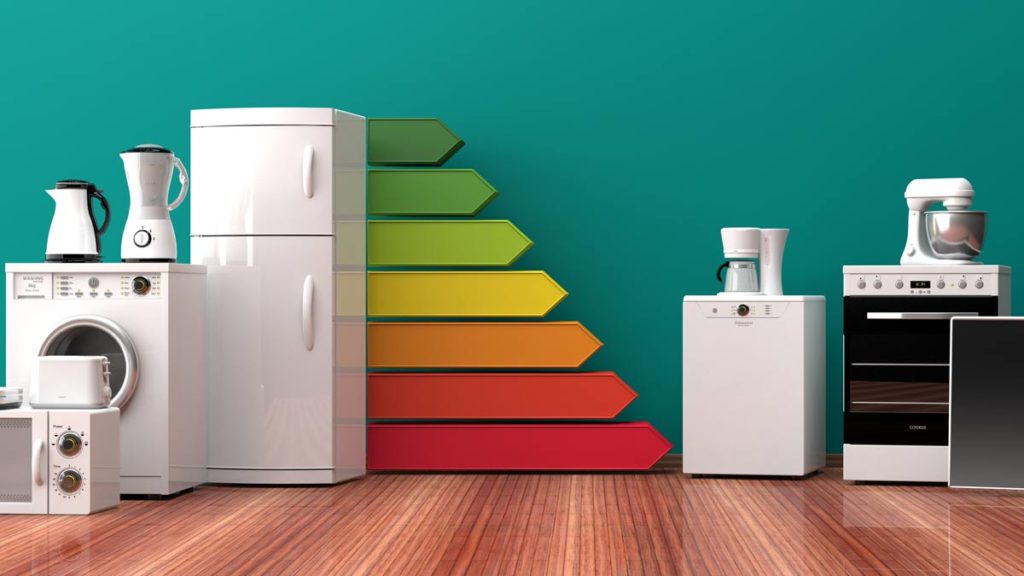This week I spoke to Mike Pyke, CTO of Chameleon Technology. Chameleon provides real time energy data from smart meters. Data insight enables customers to better understand their energy bills thus manage consumption more efficiently.
Chameleon securely accesses real-time energy data from smart meters to provide feedback on in-home displays (IHDs) and other connected devices. Customers are becoming increasingly more aware of the way in which they engage with energy, as demonstrated through the adoption of EVs in the quest towards clean energy.
As previously discussed by Chameleon’s CEO, Mike Woodhall, in ‘Giving power to the consumer on the road to net-zero’, smart technology dominates most aspects of life nowadays. The extent to which car analytics can inform drivers is arguably far more profound than the way that residents understand their own homes.
Automotive connectivity is developing at a rapid rate. The uptake of smart home devices suggests that this trend stretches past one’s mode of travel and into their house, yet Mike Woodhall claims consumers have “awareness but no control”. The use of IHDs is changing our engagement with energy as we better understand its consequent costs, but the data needs further analysis.
Mike Pyke offered us his predictions surrounding the future of domestic energy and how he believes it will be revolutionised. Beyond IHDs, he believes that consumers are poorly served data and insights and he hopes that 2022 will bring about initiatives to help answer one of their most frequently asked questions: ‘What does it mean for me?’
Heat pumps to become more mainstream
Mike predicts that heat pumps will become more mainstream as they are a priority amongst government strategies to decarbonise heat and meet COP26 commitments.
Similar to the uptake of solar panels a decade ago, he foresees rebate reductions and grants to incentivise their use. With this he also imagines “a complete lack of clarity and therefore open discussions on forums all over the place about whether or not they work”.
If you cannot articulate to consumers whether or not heat pumps work they will not be successful in uptake. Mike explained: “They are a very valuable weapon in the armoury of decarbonisation of heating. However, they will work brilliantly in some houses and not so well in others. Getting the data together and serving the consumer with this information to make a decision based on personal circumstances is essential.
“There will be all sorts of conflicting opinions and press pieces. The reality is, there are things you can do to make heat pumps more effective and I don’t think we’ll get that level of insight and intelligence unless the industry does something.”
More billing options and less complex solutions
Though Mike acknowledged the strides that the energy industry has made in order to make bills clearer and more understandable, he highlighted the complexity within factors that affects bills.
What type of property does the consumer live in? What is their home made of? How old is it? Is it insulated? These are the questions that you need to answer in order to serve genuine insights to people about what the best option for them is.
Customers are repeatedly asked to change their behaviour when it comes to their energy usage. Understandably, Mike argued, they respond: ‘What’s in it for me?’
All the while that tariff rates remain single unit, there is no incentive for customers to change the time they use energy to be greener. If the customer’s cost of energy is fixed throughout the day, why would they run their dishwasher at midnight just because it is more efficient.
Mike told me that using energy between 4PM-7PM on a weekday burns fossil fuels, whereas using that energy just a few hours later may draw from renewables instead. He continued: “It’s not necessarily transparency in the billings, but more billing options. I would like to see more time of use billing where you are rewarded for using energy at certain times of day and disincentivised to use it at other times.
“People need to understand that a dishwasher is typically in one of the top two utilities in a household for using energy on a per cycle basis. As washing machines use lower temperatures and tumble dryers become heat exchangers, they use far less energy, but dishwashers have maintained their position in terms of usage. This is because you have to heat the water to quite a high temperature to wash the dishes. The impact to the UK of putting the dishwasher on straight after you’ve loaded it from tea is much higher than putting on just before bed at nine or ten o’clock.”
Yet, with no financial incentive for a consumer to do this we have to rely on a general awareness.
As the benefits of owning an EV become more established, charging infrastructure and innovative solutions are beginning to emerge, particularly across urban areas where the majority of people don’t have a driveway. Mike believes that in turn, this will encourage a breakthrough of time of use tariffs.
Bridging energy data, energy insight and the ability to control smart appliances will be a turning point for customers’ engagement with energy. People will be able to schedule their dishwashers to function over off-peak hours. Mike believes that this is an initiative that is gathering momentum as people increasingly want their utilities to be demystified with less complex solutions.
